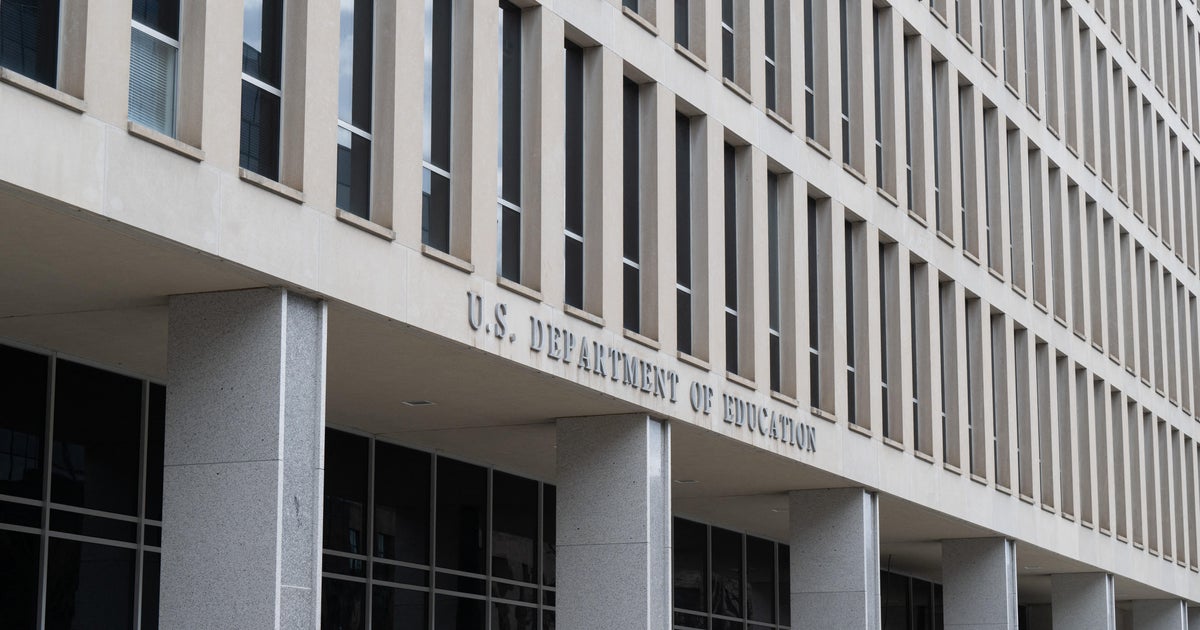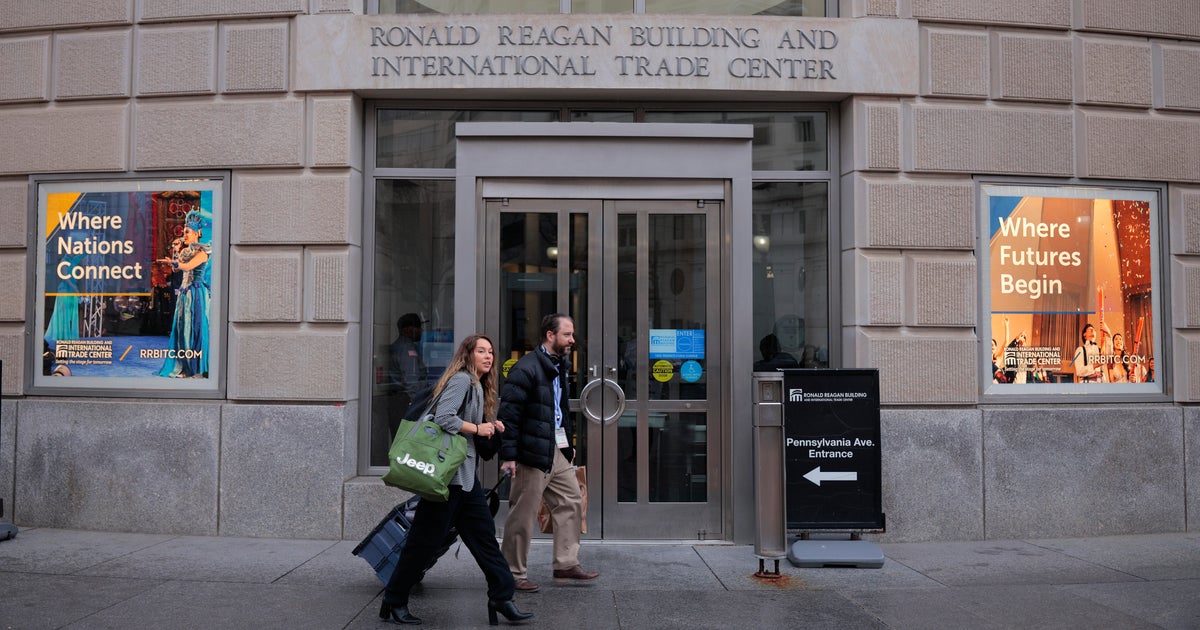What are witch storms? Severe weather pattern could hit Midwest in November
Hurricane season in the U.S. is coming to a close, but November could bring another type of strong storm to the Midwest: So-called "witch storms." But what are witch storms?
The term refers to the "Witches of November," said Greg Postel, a meteorologist at The Weather Channel. The phrase is sometimes used to describe intense storms that have a "notorious history" in the midwest in late October and early November, Postel told CBS News via email.
While there are examples of these storms affecting the Midwestern U.S., they aren't confined to this region. "Powerful extratropical cyclones such as 'witch storms' can happen in many places around the world, especially in mid-latitudes, where late fall warmth can clash with winter-like air," Postel said.
Extratropical cyclones don't just happen in the tropics – they can be blizzards, Nor'easters and low-pressure systems in mid-latitudes, according to the National Oceanic and Atmospheric Administration. The term refers to storms that have more than one front and can have winds as weak as tropical depressions or as strong as hurricanes.
When does a witch storm form?
Witch storms form in the fall when increasing temperature contrasts from north to south across the U.S., which can produce stronger low-pressure systems that can then produce intense winds, according to The Weather Channel.
"One of the most well-known witch storms sank a huge iron-ore ship called the Edmund Fitzgerald on Lake Superior in November 1975," Postel said. The incident was the subject of the 1976 hit song "The Wreck of the Edmund Fitzgerald" by Gordon Lightfoot.
In more recent years, a witch storm in November 2015 showed wind speeds of more than 60 mph in Kanas City, causing more than 12,000 people to lose power, he said. "The same storm led to lakeshore flooding, which closed streets in Hamburg, New York," Postel SAID. "Winds from these storms often cause tree damage and power outages. The storms are also a major hazard for shipping on the Great Lakes."
Historic witch storms
According to the National Weather Service, witch storms were part of the reason a national weather service was created in the U.S. in 1869.
And in November 1913, a major witch storm that hit the Great Lakes killed an estimated 250 people. Dubbed the "White Hurricane," it also caused a dozen major shipwrecks and is still the largest inland maritime disaster in U.S. history, according to the service.
The storm occurred when two low-pressure centers emerged over Lake Huron. With 90 mph winds, 35-foot waves and blizzard-like conditions causing whiteouts and covering ships in ice, "the storm caught even the most seasoned captain by surprise," according to the National Weather Service.
Forecasters didn't have computer models back then, or the satellites and radar they needed to predict the storm. But in 2013, to mark 100 years since the pivotal storm, NWS and NOAA created a simulation model of the likely wind and wave conditions during the 1913 White Hurricane.
Now, meteorologists should be able to warn people about witch storms. "When a storm system is on the way, just follow the forecasts and — like on any other windy day — stay inside and hang on," Postel said.
November is also expected to bring clouds to the Northern Plains and upper Midwest, as it is usually the cloudiest month of the year, according to climatologist Brian Brettschneider.
November can also bring other severe weather. Last year, the month saw a whopping 68 tornadoes hit the U.S., according to The Weather Channel.




